Designing for Diversity: Creating Inclusive Sports Facilities for All
Introduction
In today’s world, inclusivity is no longer just a buzzword—it’s a necessity. As communities grow more diverse, sports facilities must evolve to meet the needs of all users, regardless of age, ability, or background. Designing for diversity means creating spaces that are accessible, welcoming, and functional for everyone. In this blog post, we explore the key elements of inclusive design in sports facilities and how these principles can enhance community engagement.
Why Inclusivity Matters in Sports Facility Design
Sports have always been a unifying force, bringing people together from all walks of life. However, traditional sports facilities often fall short when it comes to accessibility and inclusivity. This is where modern design principles come into play. Inclusive sports facilities ensure that everyone, from wheelchair users to those with sensory sensitivities, can participate and enjoy the benefits of physical activity and community engagement.
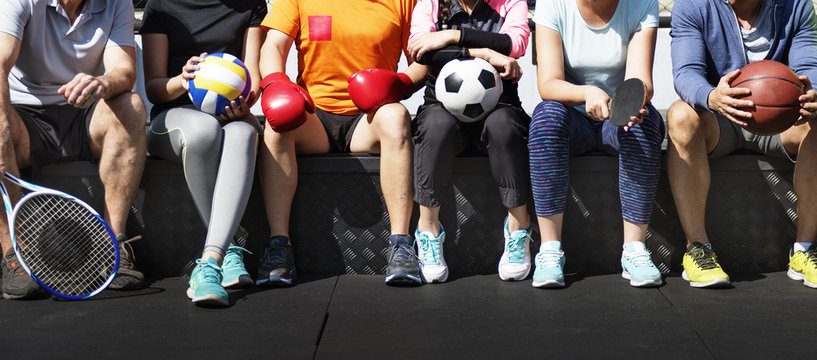
Key Elements of Inclusive Sports Facility Design
- Accessible Entrances and Pathways
- The foundation of any inclusive sports facility is ensuring that all entrances and pathways are easily accessible. According to the World Health Organization, over 1 billion people worldwide experience some form of disability. This underscores the importance of designing entrances and pathways that accommodate everyone, including those using wheelchairs, walkers, or strollers. Features like ramps with gentle slopes, automatic doors, and tactile paving for the visually impaired are essential. For instance, the London Aquatics Centre, designed by Zaha Hadid Architects for the 2012 Olympics, incorporates wide, sloped walkways and accessible lifts to ensure that every visitor can navigate the facility with ease. These design choices not only comply with regulations like the ADA but also create a more welcoming environment for all users.
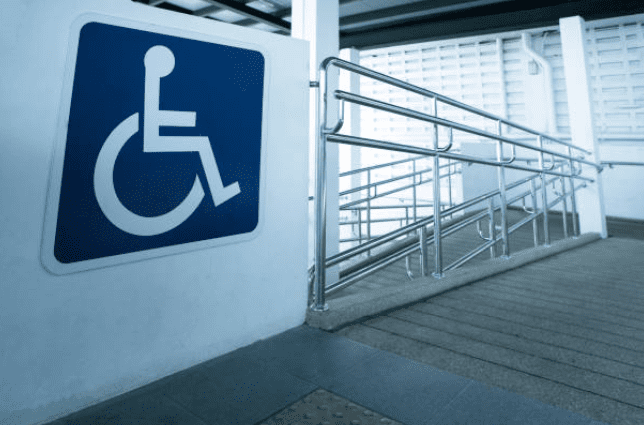
- Adaptive Sports Equipment
- Adaptive sports equipment is a critical component in ensuring that all athletes can participate in sports, regardless of their physical abilities. This type of equipment is designed to be versatile, catering to a wide range of needs. For example, adjustable-height basketball hoops can be lowered for wheelchair users or young children, allowing them to experience the game fully. Similarly, specialized weight machines with adjustable resistance and ergonomic handles enable users with limited mobility to engage in strength training. In real-world applications, organizations like the Challenged Athletes Foundation have been instrumental in promoting the use of adaptive sports equipment in facilities worldwide, enabling athletes with disabilities to train and compete alongside their peers. By offering such equipment, sports facilities can foster an inclusive environment where every athlete feels valued and empowered.

- Sensory-Friendly Spaces
- Sports facilities can be overwhelming for individuals with sensory sensitivities, such as those on the autism spectrum or with PTSD. Sensory-friendly spaces are designed to reduce sensory overload and provide a calming environment. These spaces might include areas with softer, dimmable lighting, soundproofing to minimize noise, and calming color schemes. For example, the Cleveland Clinic Children’s Hospital has incorporated sensory-friendly rooms with muted colors, soft furnishings, and adjustable lighting to create a tranquil space for patients and their families. In sports facilities, similar designs can be applied to create quiet zones where individuals can retreat from the hustle and bustle of the main event areas. Incorporating sensory-friendly spaces not only makes facilities more inclusive but also enhances the overall experience for all users, ensuring that everyone can enjoy the environment comfortably.
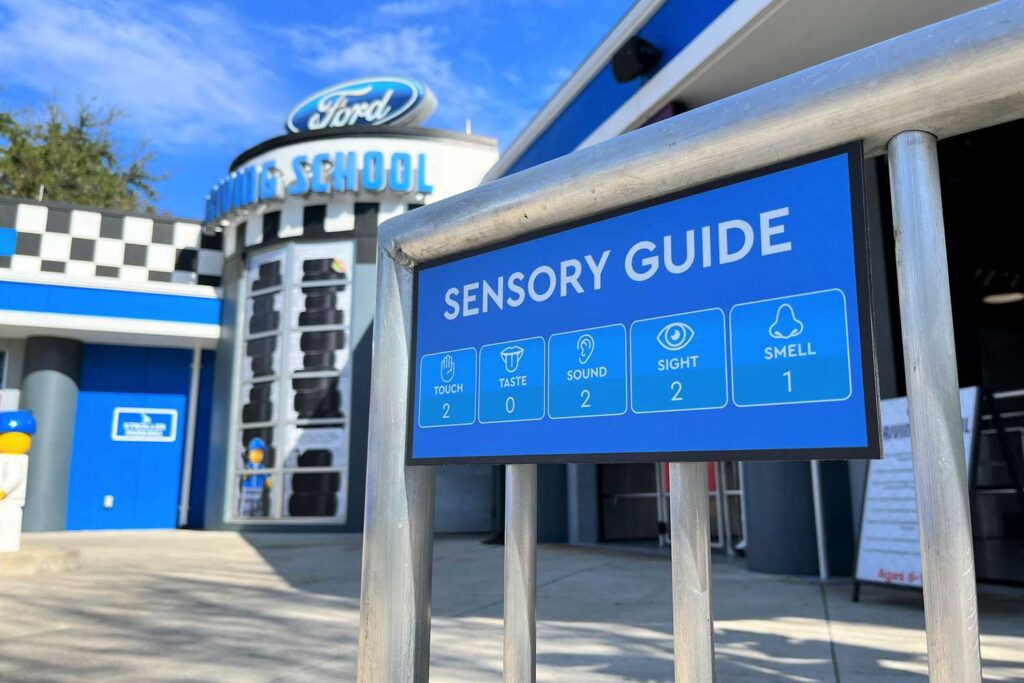
- Inclusive Restrooms and Locker Rooms
- Inclusive restrooms and locker rooms are a cornerstone of creating a welcoming environment in sports facilities. Gender-neutral restrooms, private changing areas, and accessible facilities are essential to accommodate the diverse needs of all users. This approach ensures privacy and comfort, particularly for transgender individuals and those who require assistance. A notable example is the University of California, Berkeley, which has implemented gender-neutral locker rooms in its sports facilities, providing private changing cubicles, showers, and toilets. These inclusive designs are not only about compliance with evolving social norms but also about creating spaces where everyone feels safe and respected. By offering these facilities, sports centers can support the dignity and privacy of all their users, fostering a truly inclusive atmosphere.
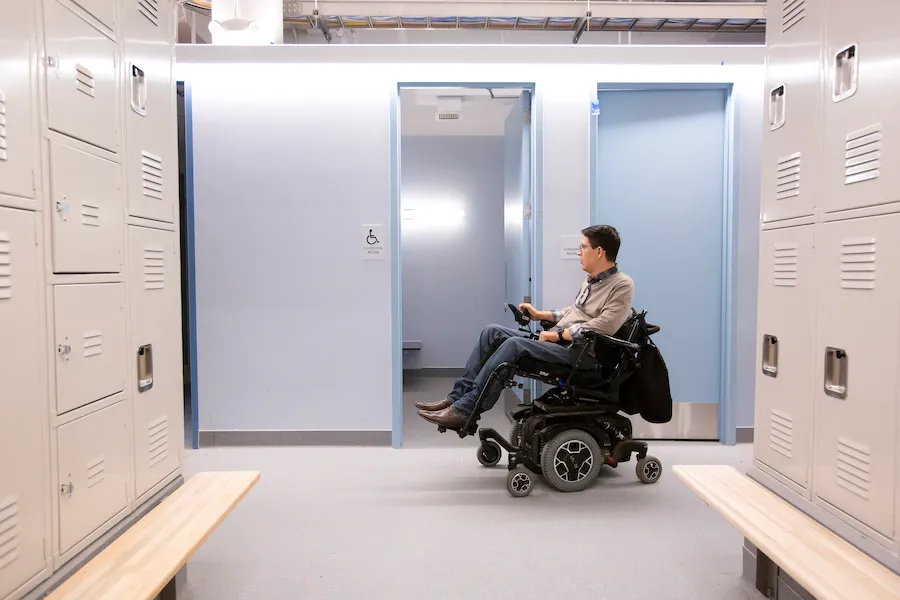
The Impact of Inclusive Design on Communities
Inclusive sports facilities do more than just provide accessible spaces—they foster a sense of belonging and community spirit. When everyone has the opportunity to participate in sports and recreation, communities become stronger, more connected, and more vibrant. These facilities become hubs of activity, where people of all ages and abilities can come together to share experiences and build lasting relationships.
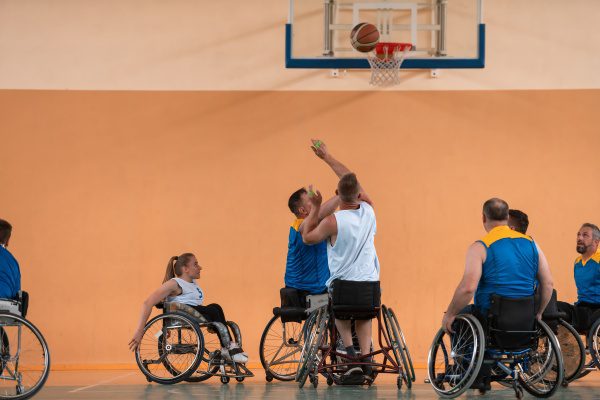
Conclusion
At Creative Sports Solutions, we’re committed to designing sports facilities that are as diverse as the communities they serve. By focusing on inclusivity, we help create spaces that bring people together, break down barriers, and promote a sense of unity. Whether you’re building a new facility or renovating an existing one, contact us to learn how we can help you design a space that welcomes everyone.
